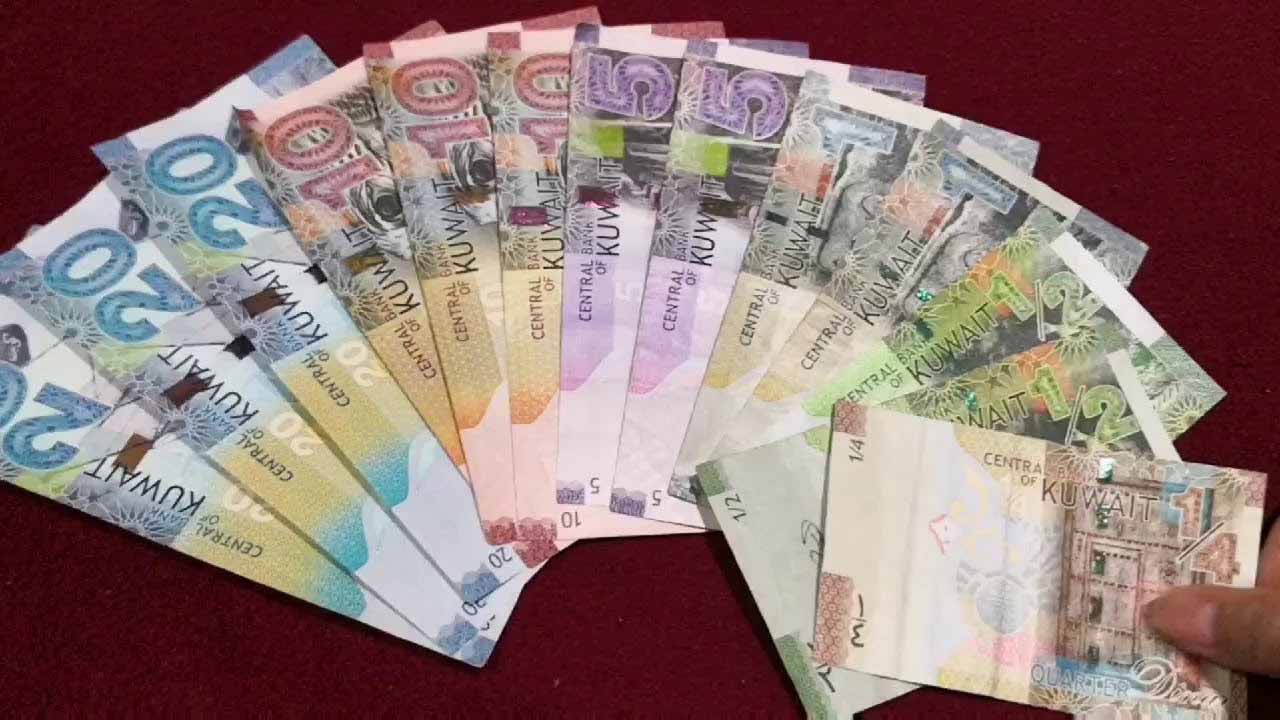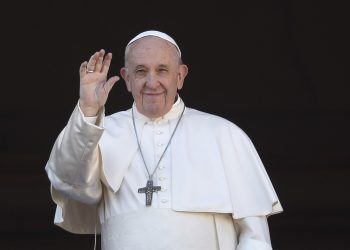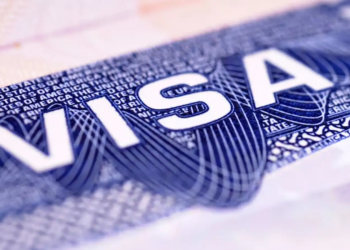In recent financial news, the exchange rate between the Kuwaiti Dinar (KWD) and the Pakistani Rupee (PKR) has caught the attention of economists and investors alike. The remarkable fact is that one Kuwaiti Dinar now stands at a substantial 994.33 PKR. This significant difference in currency values prompts us to delve into the underlying economic factors contributing to this exchange rate, while also shedding light on Pakistan’s ongoing currency devaluation challenges.
Understanding the Kuwaiti Dinar’s Strength
The Kuwaiti Dinar has traditionally been one of the strongest currencies globally, backed by a robust economy fueled primarily by oil exports. Here’s why it remains formidable:
- Oil Wealth: Kuwait possesses abundant oil reserves, and the majority of its revenue comes from oil exports. This consistent stream of income contributes to the Dinar’s strength.
- Currency Peg: Kuwait pegs its currency to a basket of major international currencies, primarily the US Dollar (USD). This strategy provides stability and predictability in the exchange rate, bolstering investor confidence.
- Economic Stability: Kuwait maintains a stable and diversified economy, which includes investments in various sectors, such as finance, real estate, and infrastructure.
Pakistani Currency Devaluation
In stark contrast to the Kuwaiti Dinar’s strength, Pakistan has grappled with a persistent issue: the devaluation of the Pakistani Rupee. Here are some key factors driving this trend:
- Trade Deficit: Pakistan has historically faced a trade deficit, meaning it imports more than it exports. This imbalance puts pressure on the country’s foreign exchange reserves, leading to devaluation.
- Inflation: High inflation rates erode the Rupee’s purchasing power, prompting the central bank to adjust its value downward to control inflation.
- External Debt: Pakistan’s significant external debt obligations necessitate regular devaluations to meet these financial commitments.
- Economic Uncertainty: Political instability and economic uncertainty can contribute to a lack of investor confidence, further impacting the Rupee’s value.
- Global Economic Trends: Global events, such as changes in oil prices and international economic fluctuations, can influence the Rupee’s exchange rate.
Impact on Pakistan’s Economy
The devaluation of the Pakistani Rupee has a multifaceted impact on the country’s economy:
- Inflation: Devaluation can lead to higher inflation, as the cost of imported goods rises. This can burden consumers and reduce purchasing power.
- Imports and Exports: While a weaker Rupee may boost exports by making Pakistani goods more affordable for foreign buyers, it can also increase the cost of imports, affecting various industries.
- Foreign Debt: The cost of servicing foreign debt increases with devaluation, potentially straining the country’s financial resources.
- Investor Confidence: Frequent devaluations can erode investor confidence, making it challenging to attract foreign investments.
- Remittances: For overseas Pakistanis sending money back home, a weaker Rupee means their remittances have a more substantial impact on family finances.
In conclusion, the remarkable exchange rate of 1 Kuwaiti Dinar to 994.33 PKR underscores the significant differences in economic stability between Kuwait and Pakistan. While Kuwait continues to benefit from its oil wealth and stable economic policies, Pakistan faces the ongoing challenge of managing its currency’s devaluation. Addressing the factors contributing to the Rupee’s decline requires a multifaceted approach, including efforts to boost exports, reduce the trade deficit, and build investor confidence in Pakistan’s economic future.





